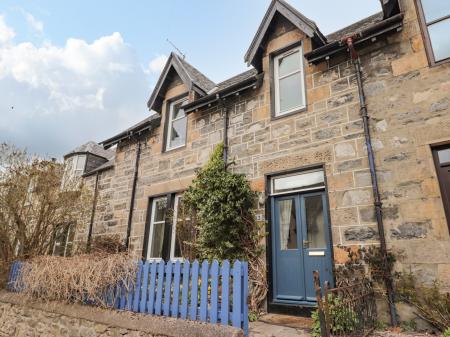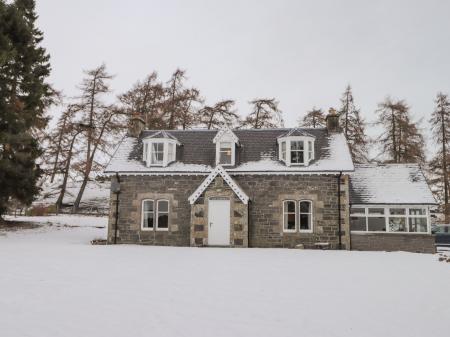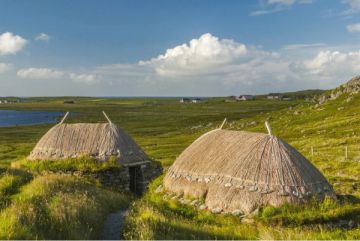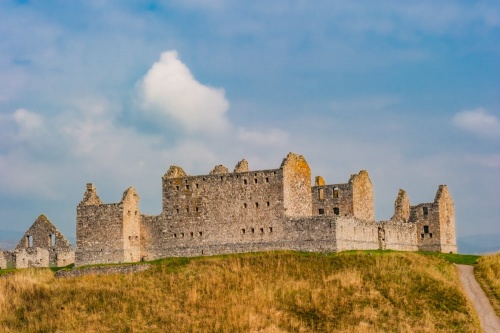
History
In the early 13th century the powerful Comyn family built a wooden fort on top of a natural rocky mound at the southern edge of the Insh Marshes. Ruthven served as the principle seat of the Badenoch lordship and was well situated to control travel through the glen.
In 1371 Ruthven passed to Alexander Stewart, Earl of Buchan, known to history as the Wolf of Badenoch. In the late 16th century the medieval fort was completely rebuilt in stone by the Earl of Huntly. That stone fortress was razed to the ground by the Jacobite commander Viscount Dundee ('Bonnie Dundee') in 1689.
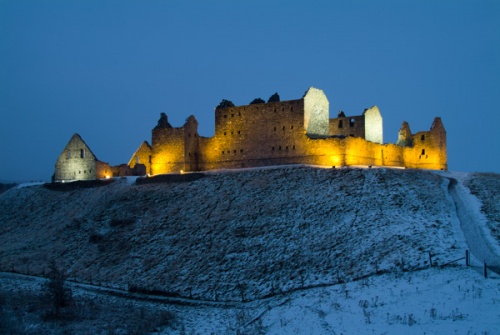
When the 1715 Jacobite Rebellion was quelled, the government of George I decided to build an army post at Kingussie, one of a network of barracks across the tumultuous Highlands, aimed at keeping the Highland clans under control. Ruthven was chosen because it could control three military roads built by General Wade; major routes to Perth, Inverness, and Fort Augustus, as well as the river crossing.
Ruthven was attacked by a Jacobite force of 200 men in August of 1745 as part of Bonnie Prince Charlie's attempt to sieze the throne. The garrison of just 12 soldiers under the command of a single sergeant successfully held out, though the redcoats lost one man who was 'shot through the head by foolishly holding his head too high over the parapet'.
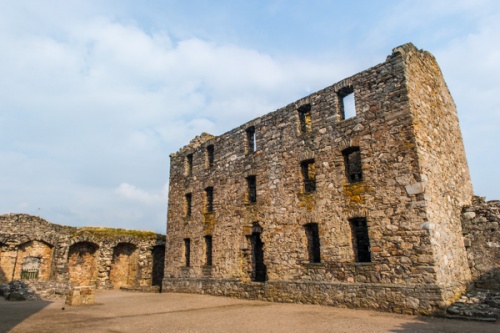
The Jacobites returned in February, 1746, and this time they had artillery. Ruthven was forced to surrender, but the drama was not over. Following Bonnie Prince Charlie's defeat at Culloden, remnants of the Jacobite army retreated to Ruthven. It was here on 19 April, 1746, that they received the fateful message from the Prince that effectively ended the Jacobite dream, 'Let every man seek his own safety in the best way he can'.
As the Jacobites left, the barracks were burned and plundered. The remains we see today are essentially as the Jacobites left them, with high walls acting as a shell for the bare interiors. The barracks is now a poignant reminder of both major Jacobite rebellions.
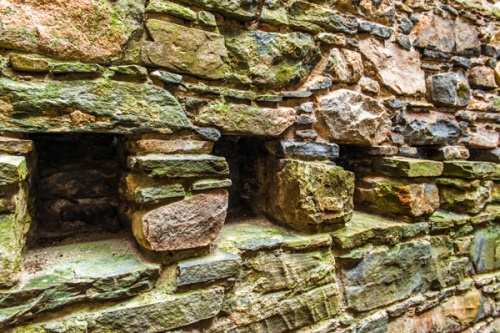
The rocky mound is surrounded by a deep ditch, and within the high stone walls are two ranges of soldiers quarters and a stable block. The two barracks face each other acros a parade ground, with the stables outside the barrack enclosure. Each barrack block was meant to house as many as 60 soldiers, sleeping 2 to a bed. Each barrack had a basement and an attic, used for storage of food and military equipment. Officers had separate quarters on the top floors of the towers.
If you look closely you will see that the original barrack design created a series of musket loops, or holes in the walls at basement level. These were built by mistake and were blocked up in 1720.
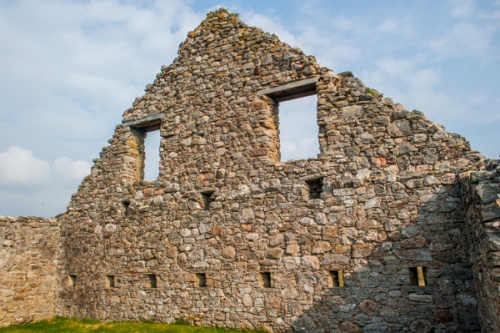
The Ruthven Barracks is one of the most iconic and easily recognised symbols of the Cairngorms National Park. The setting is quite spectacular, especially when the barracks are illuminated at dusk.
I've visited Ruthven several times, and each time come away struck by how incredibly atmospheric it is. Perhaps it is the way the Barracks stand out above the plain below, or the way the fleeting Highland light seems to pick out the ruins, but it is one of the most beautiful and moving historic sites in Scotland and well worth a visit.
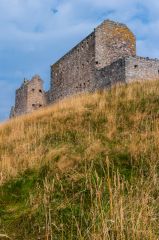
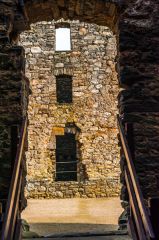
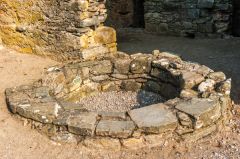
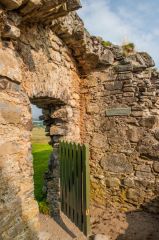
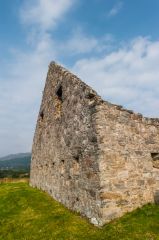
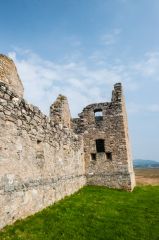
 We've 'tagged' this attraction information to help you find related historic attractions and learn more about major time periods mentioned.
We've 'tagged' this attraction information to help you find related historic attractions and learn more about major time periods mentioned.
